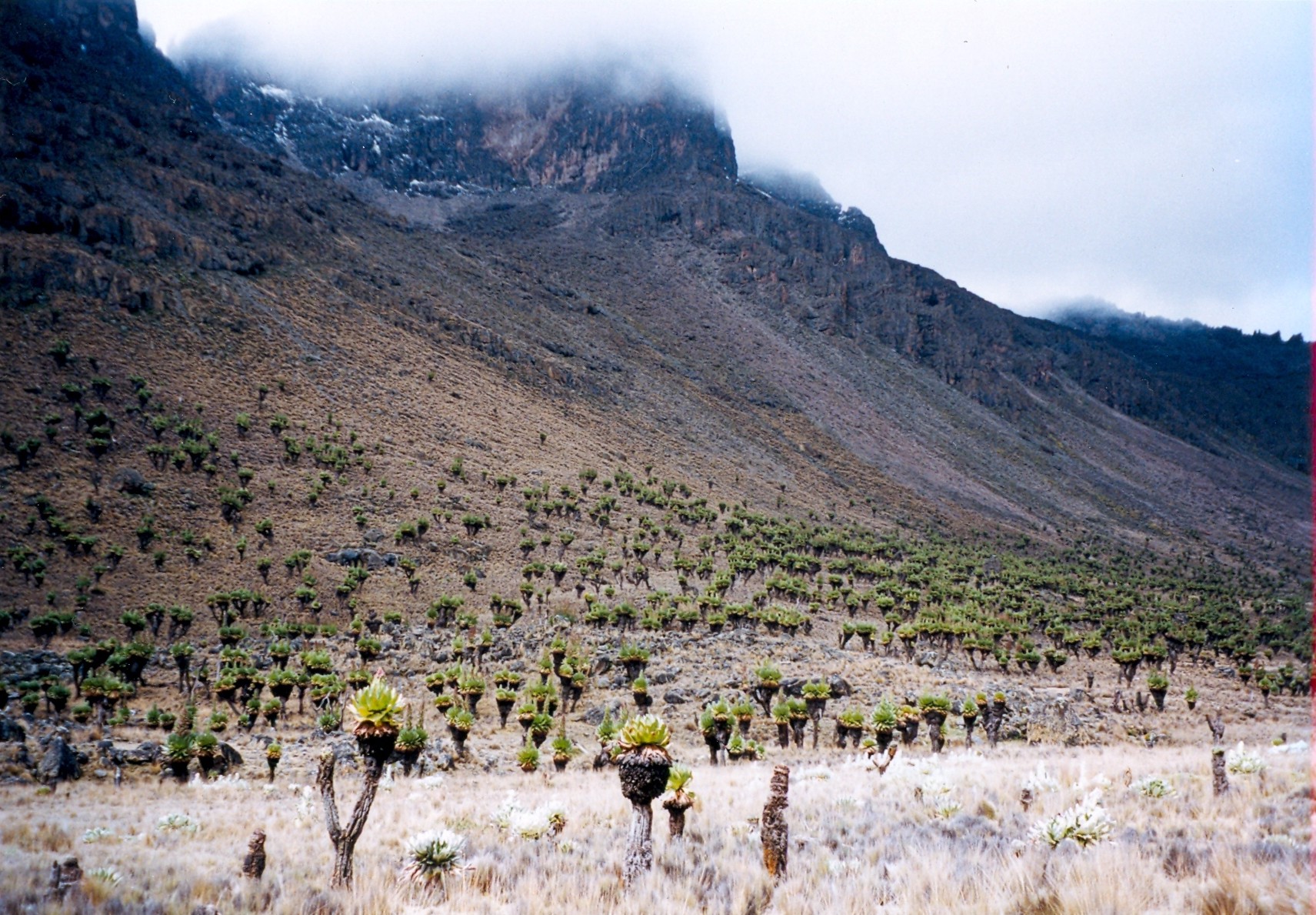Finding solutions
Often, the World Heritage Committee and the States Parties, with the assistance of UNESCO experts and other partners, find solutions before a given situation deteriorates to an extent that would damage the site.
Royal Chitwan National Park in Nepal This Park provides refuge for about 400 greater one-horned rhinoceros characteristic of South Asia. The World Heritage Committee, in the early 1990s, questioned the findings of the environmental impact assessment of the proposed Rapti River Diversion Project. The Asian Development Bank and the Government of Nepal revised the assessment and found that the River Diversion project would threaten riparian habitats critical to the rhino inside Royal Chitwan. The project was thus abandoned and this World Heritage site was saved for the benefit of future generations.
The Archaeological site of Delphi in Greece At the time of its nomination in 1987, plans were underway to build an aluminium plant nearby the site. The Greek Government was invited to find another location for the plant, which it did, and Delphi took its rightful place on the World Heritage List.
Whale Sanctuary of El Vizcaino in Mexico In 1999, the World Heritage community campaigned against a plan for enlarging an existing salt factory to commercial scale in Laguna San Ignacio in El Vizcaino Bay, the last pristine reproduction lagoon for the Pacific grey whale. The UNESCO World Heritage Committee forewarned the Mexican Government of the threats posed to the marine and terrestrial ecosystems, the grey whales as key species as well as the overall integrity of this World Heritage site by locating saltworks inside the Sanctuary. As a result, the Mexican Government refused permission for the saltworks in March 2000.
Mount Kenya National Park/Natural Forest in Kenya The nomination of this site was first referred back to the State Party on the basis of findings during the evaluation that suggested there were serious threats to the site, primarily illegal logging and marijuana cultivation inside the Park. The State Party responded with an action plan which included provision of additional vehicles, increased patrols, community awareness projects, training of forest guards and a review of the policy affecting the adjacent forest reserve. Based on these assurances, the Committee inscribed the site in 1997. Today, some threats still remain but there has been significant progress in the management of the site.



